UP TO THE MINUTE
Know before you coat: Why every roof tells a story
June 13, 2025 at 12:00 p.m.By MuleHide.
A thorough inspection could mean the difference between a quick fix and a costly tear-off.
Before you roll out a single sheet of membrane or crack open a can of coating, take a walk on the roof. What looks fine from the ground can hide a patchwork of problems that no amount of product will fix. Skipping a proper assessment isn’t just risky; it’s reckless. At MuleHide, we know that if you want to save money, time and a lot of frustration for your clients and yourself, the first step isn’t installation. It’s investigation.
Some roofs are no longer sound and must be replaced. Others need a little TLC before they’re coated or recovered. And the retrofitting option you recommend must be compatible with the existing roofing system.
Step one, therefore, is getting up-close-and-personal with the roof to determine exactly what’s there and the condition it’s in. The assessment should include a visual inspection, taking core samples and conducting a moisture survey.
Visual inspection
Start by walking the roof to look for issues that will need to be addressed before it gets coated or recovered. Keep an eye out for such things as:
- Peeling and chalking of existing coatings.
- Poorly attached vents or other projections.
- Open seams and side laps.
- Insufficient slope.
- Damaged membrane.
- Loose membrane on fully adhered roofing systems.
- Areas of ponding water (evidenced by the accumulation of dirt or debris).
- Broken or improperly flashed pipes.
- Broken or missing drain components.
- Loose or damaged perimeter edge metal.
- Deteriorated, damaged or loose flashings.
- Damaged or wet insulation or substrates.
Core cuts
Make core cuts in several areas of the roof. These are the roofing equivalent of soil samples, removing samples of all roof layers down to the deck. This deep dive reveals the components used initially and added since, the installation methods used, the quality of the installation and the roof’s current condition. It will answer key questions, including: Does the roof have adequate slope or should tapered insulation be added? Is the insulation wet and if so, how extensive is the saturation? Is the roof deck deteriorating? Has the roof already been recovered and the number of layers allowed by local building codes reached? If the roof was previously coated, what type of coating was used?
Moisture survey
A moisture survey will reveal leaks and their severity. This is a non-intrusive process in which a surface meter shoots electrical impulses into the roof to a desired depth, pinpointing the presence of moisture and indicating how saturated the roof is.
High levels of moisture throughout the roof likely means the roof should be replaced. Roofs with isolated, lower levels of moisture often can be recovered or coated after repairs have been made, including replacing areas of saturated insulation or damaged roof deck.
With this analysis completed, you can confidently recommend the best course of action to the building owner or property manager – and hopefully see that grin spread across their face.
Original article and photo source: MuleHide
Learn more about MuleHide Products in their Coffee Shops Directory or visit www.mulehide.com.


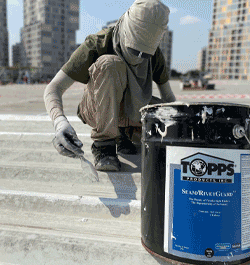





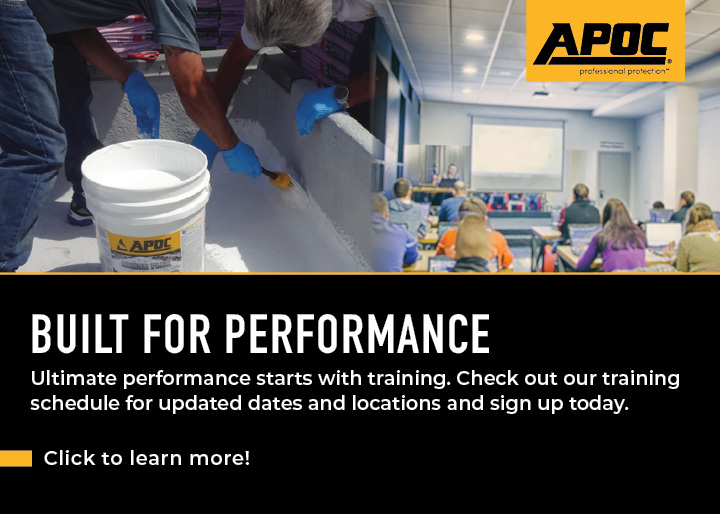



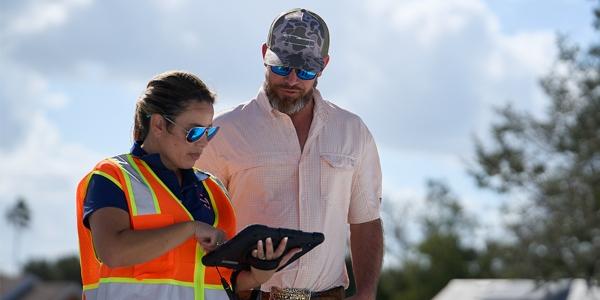

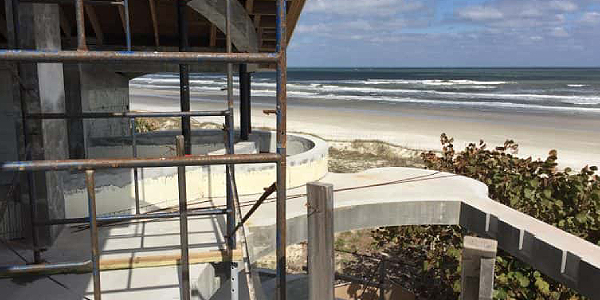
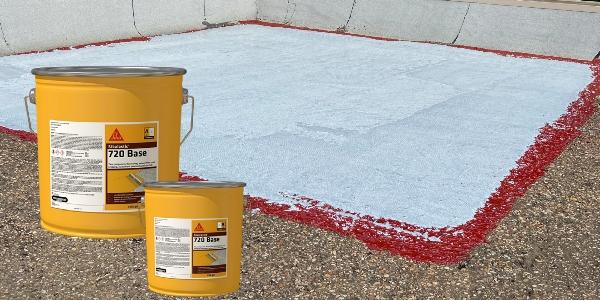




Comments
Leave a Reply
Have an account? Login to leave a comment!
Sign In